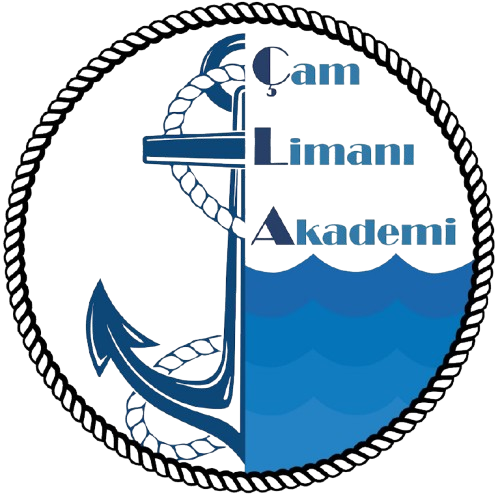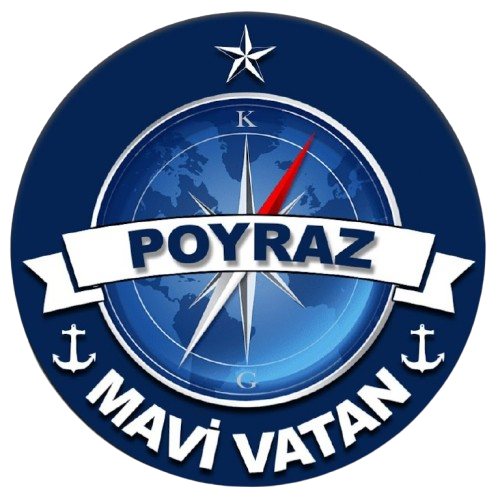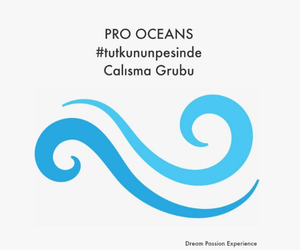The jetty of a working cement plant on the west coast of Barbados offers unrivalled opportunities for honing underwater photography techniques, finds award-winning photographer Catherine Holmes
Words and pictures Catherine Holmes
The Arawak Cement Company is not your classic Caribbean holiday destination. But this unassuming industrial facility on the west coast of Barbados, not far beyond the glitzy resorts of the Platinum Coast, has a secret identity: it’s home to one of the island’s best dive sites.

Accessible by boat or shore entry, the Cement Plant Pier (as it’s known) is an underwater photographer’s dream. Intermittently used for the discharging and loading of international cargo vessels, locals know when it can be accessed due to weekly schedules, but access is more often than not available.
The tall dark piles of the jetty provide protection for a myriad of creatures, and with it, great opportunities for all genres of photography. With a maximum depth of 10 metres, it’s an ideal location to try out different kit and hone your technique.
Marine life thrives in the calm, clear, warm water. Giant tarpon patrol the underneath of the large central pier, loading platform and three side pontoons, with eagle rays, stingrays and turtles passing by as the fancy takes them.
Tiny shrimps, blennies, seahorses, squid and octopus can be found hiding beneath the debris on the ocean floor. There’s
a lot to explore; the site warrants multiple dives, even for non-photographers.
I’ve returned to the pier myself many times over the years, and am always pleased to discover something new.

TECHNIQUES TO TRY
From a wide-angle perspective, I have had success with fisheye, rectilinear and mid-range lenses (17-70 on my Nikon D500; see box for a glossary of photographic terms), shooting moody scenes with the dark piles as a backdrop to schooling fish, squid, lionfish and tarpon; the odd sunbeam shining through to illuminate the gloom.
On my most recent trip to Barbados, there was a large squad of squid present on every dive. The animals became very comfortable with my presence, enabling me to capture many different types of images of these luminescent creatures, from close-up to wide-angle and from motion blur to close focus wide-angle (CFWA) with the jetty as a backdrop.
On another late afternoon, as the light was fading, a six-strong school of large fish appeared menacingly from the shadows. Each almost a metre and a half long, I took them for sharks at first – I don’t mind admitting that I was relieved when I realised that they were actually giant tarpon, presenting no concern.
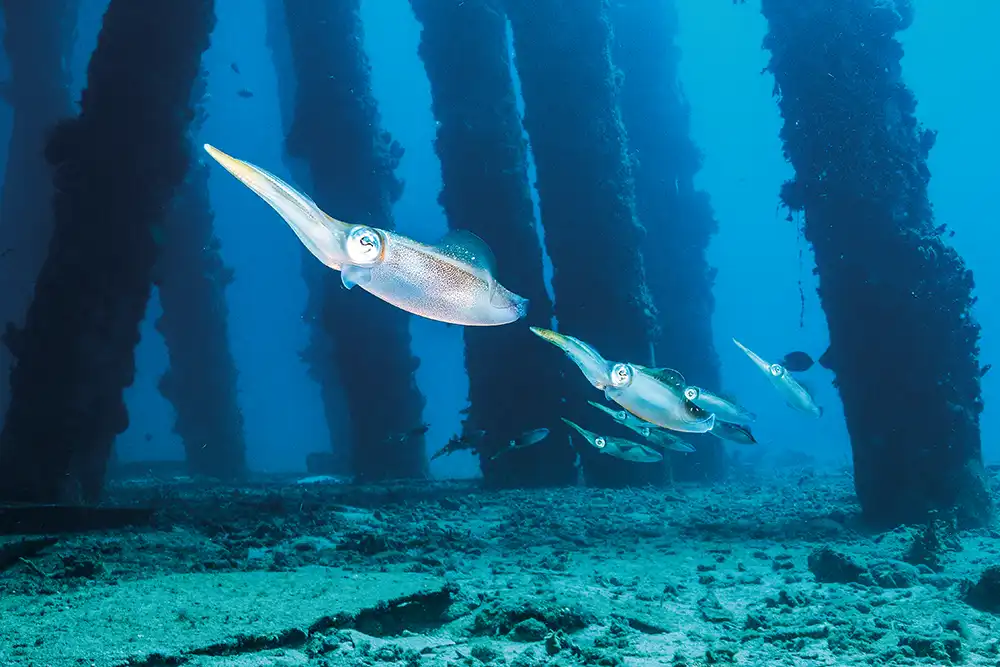
GLOSSARY OF PHOTOGRAPHIC TERMS
WIDE ANGLE – A lens or shot that includes a broad view of the scene, ideal for capturing the scale of wrecks or reefs.
MACRO – For capturing small subjects in detail and using the background to enhance the frame.
SUPER MACRO – An advanced form of macro, for very small subjects, using very high magnification lenses, and often additional lenses on the outside of the port, to create separation and blurring of the background.
CFWA (close focus wide angle) – A challenging technique where the subject it shot from less than 60cm away, using a wide-angle lens, often a fish eye. It forces the perspective, making the images high-impact by highlighting the subject in close focus but seen within its wider surrounding environment. Requires balancing the ambient light and that on the subject close to the camera with fill-in flashlight.
FISHEYE LENS – An ultra-wide-angle lens crucial for capturing large subjects at close range underwater, where the lack of straight lines minimises the visual impact of the barrel distortion caused by the lens.
RECTILINEAR LENS – A wide-angle lens that accurately reproduces straight lines, avoiding the distortion of a fisheye. Useful for more natural and proportional scenes, such as wrecks, piers and some types of fish and sharks.
MID-RANGE LENS (17–70MM) – A versatile zoom lens covering moderate wide-angle to short telephoto focal lengths. Good for a range of underwater subjects and useful for zoom blur images.
MOTION BLUR – A photographic effect often used creatively to show movement of a subject by using a very slow shutter speed and, when appropriate, intentional camera movement.
BOKEH – The aesthetic quality of the out-of-focus areas in a photo, often used in macro shots to isolate the subject against a blurred or textured background.
BACKLIGHTING – Lighting the subject from behind to create a silhouette or glow, highlighting shapes or outlines. Achieved with off-camera strobes or directional light from a torch.
INWARD LIGHTING – A technique where strobes are angled inwards to control light spread and reduce backscatter. Isolates a subject on a black background, eliminating messy backgrounds.
SHALLOW DEPTH OF FIELD – A narrow zone of sharp focus with a blurred background, often used to highlight a single subject in macro photography, by fully opening the aperture
Seahorses, octopuses and lobsters hiding under rocks under and around the pier are ideal subjects for close focus wide-angle shots, as well as being good for mid-range and macro opportunities.
Colourful peacock flounders (so named because their spots resemble the ‘eyes’ of peacock feathers) can be found on the seabed amongst the rocks, quick to change colour depending on their background, while flying gurnards glide above the sandy bottom.
There are large boulders, as well as general debris – tyres, tin cans, ropes and the like – which provide an ideal habitat for crustaceans and cephalopods.
You might spot groups of lobsters sheltering together, and large octopuses can often be found camouflaged in a tyre or sponge, along with scorpionfish and lionfish.
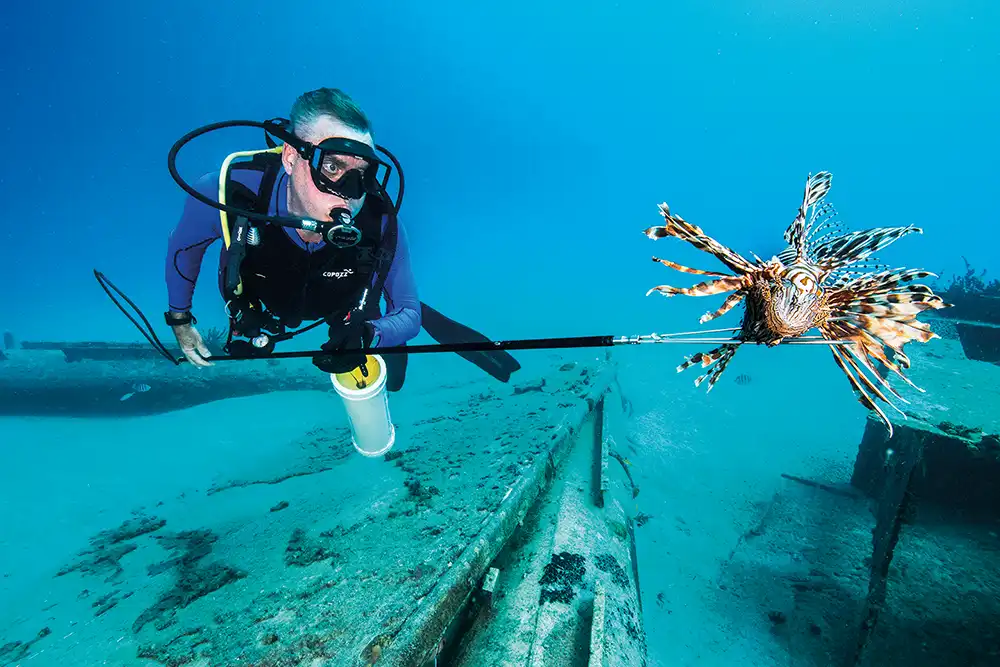
Seahorses have always been the jewel in the crown at this destination, but were affected by Hurricane Beryl, which hit Barbados in June 2024.
They always seem to bounce back from these types of events, however, and I have seen large numbers of beautiful seahorses here over the years. They come in all sizes and colours, always making great subjects for macro and super macro photography, as well as CFWA including the structures behind them.
The volcanic eruption in 2021 from La Soufrière volcano on nearby St Vincent also had an effect on the local marine environment.
Fortunately, this hasn’t been of great detriment to the wildlife. On the contrary, underwater deposits of ash thrown up by the eruption are regularly monitored by local scientific teams, who have found in initial studies that the volcanic ash leaches into the corals, supplying them with important micronutrients and enhancing their photosynthetic performance.
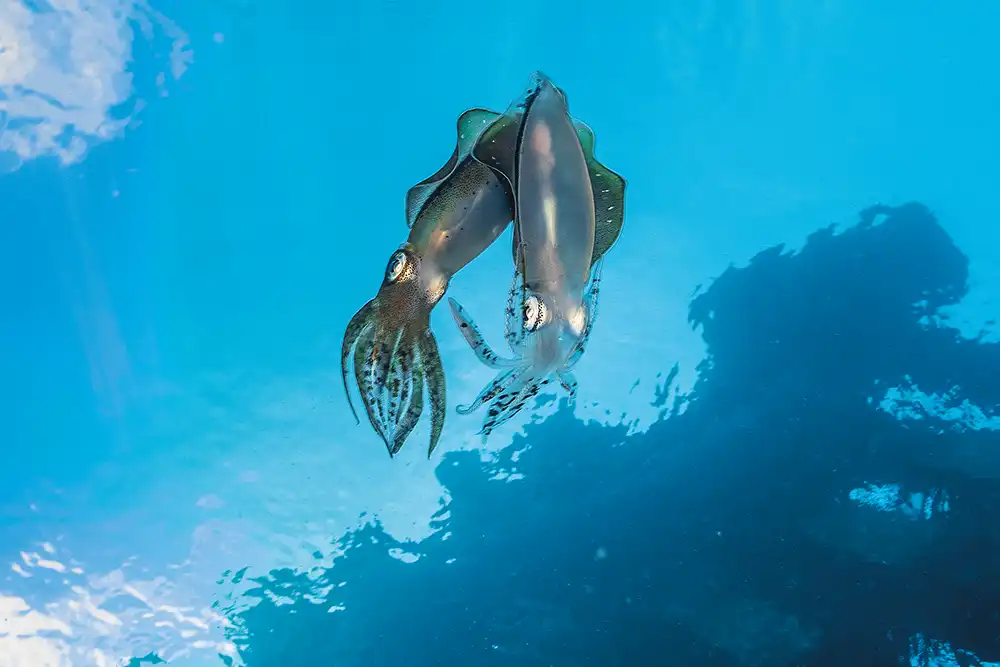
The pilings of the jetty itself are covered in sponges and soft coral, with large pink barrel sponges and yellow tube sponges scattered around the sea floor. Bright yellow daisy corals can be found open in the darker areas.
These are the ideal subject, in the ideal environment, for practising with a snoot, a tool that enables you to narrow the beam of your strobe to isolate and highlight the delicate soft coral against a black background.
A multitude of colourful reef fish busy themselves in and out of the shadows. Brightly-coloured French and queen angelfish, wrasse, trumpetfish, schools of sergeant majors, long spine squirrelfish, porcupinefish and blue tangs are just some of the species I’ve spotted.
Honeycomb cowfish are particularly engaging and common in the Caribbean, with their comical faces and white-spotted bodies.

The concrete of the pilings is a perfect substrate for the sergeant major to lay its eggs, a task which seems to keep it very busy. The large purple circles of eggs can be found adorning many surfaces, often being attacked by hordes of other reef fish.
These provide a great opportunity for super macro photography, with eggs often at varying stages of development. It’s another good subject for a snoot, or for experimenting with a shallow depth of field for an interesting bokeh effect.
I particularly enjoy the macro opportunities at the pier and have spent many, sometimes frustrating, hours trying to finesse techniques on the beautiful subjects I’ve found there.
In the soft white sand just outside the pilings, there are pike blennies, garden eels and sailfin blennies popping in and out of their burrows. They have funny faces for super macro, and are a challenge to capture during the brief moments when parading their large colourful dorsal fins.
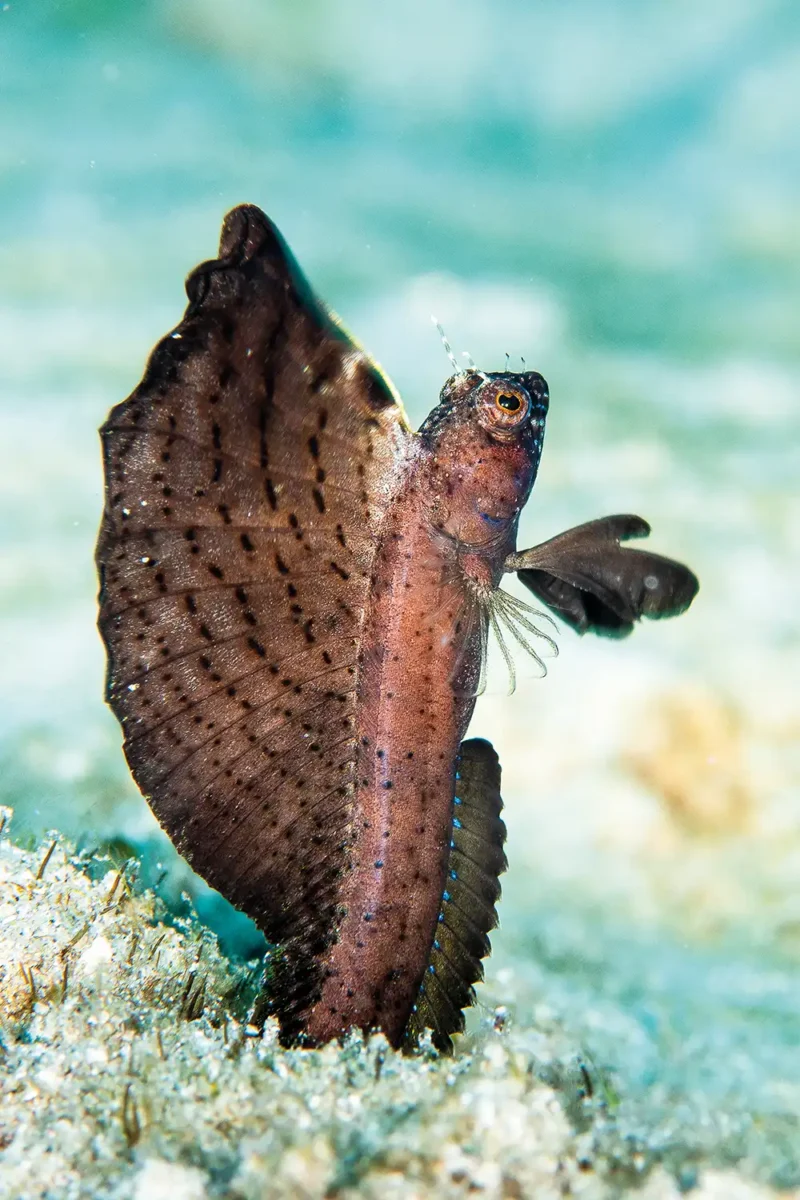
Snooting, backlighting and inward lighting are all great techniques to try on these captivating fish.
Anemones, whilst sparse, tend to be brightly-coloured with pink tips, and home to some charismatic residents: pretty cleaner shrimps with purple claws and engaging sexy shrimps, always on the move. They can make really beautiful images when captured against a black background or super macro bokeh.
You’ll find bright orange arrow crabs – a Caribbean classic – and banded shrimps in the large sponges as well as in nooks and crannies amongst the debris on the seabed.
One of my favourite subjects here was a tiny black-and-white spotted boxfish, constantly and erratically on the move – it was a challenging but satisfying subject to shoot.
The large coral blocks nearby are home to neon gobies, secretary blennies with comical expressions and a myriad of other blennies all making great macro and super macro subjects.

The coral blocks themselves have interesting textures and colours for general natural history images, along with tube worms, sea slugs and nudibranchs.
There are many species of moray eel, some of which have been observed in recent years attacking the spears of the local divers who try to reduce the prolific and invasive lionfish population in the area.
Barbados encourages the cull of this species as it eats huge numbers of reef fish, upsetting the delicate balance of the local ecosystem. They are found in enormous numbers here, particularly at depth.
I’m already planning my next trip. The quest for the backlit sailfin blenny will be paramount. Knowing the immense patience required, given that these shy, elusive characters offer only fleeting glimpses of their ‘showtime’, only heightens the anticipation.
Witnessing the male’s distinct display, with its magnificent, turquoise-adorned dorsal fin flagging up to a thousand times a day for courtship and territorial defence, is the ultimate prize.
Capturing that moment, when the blenny becomes the star of the underwater show, will be the pinnacle of my underwater photographic journey at the cement pier.
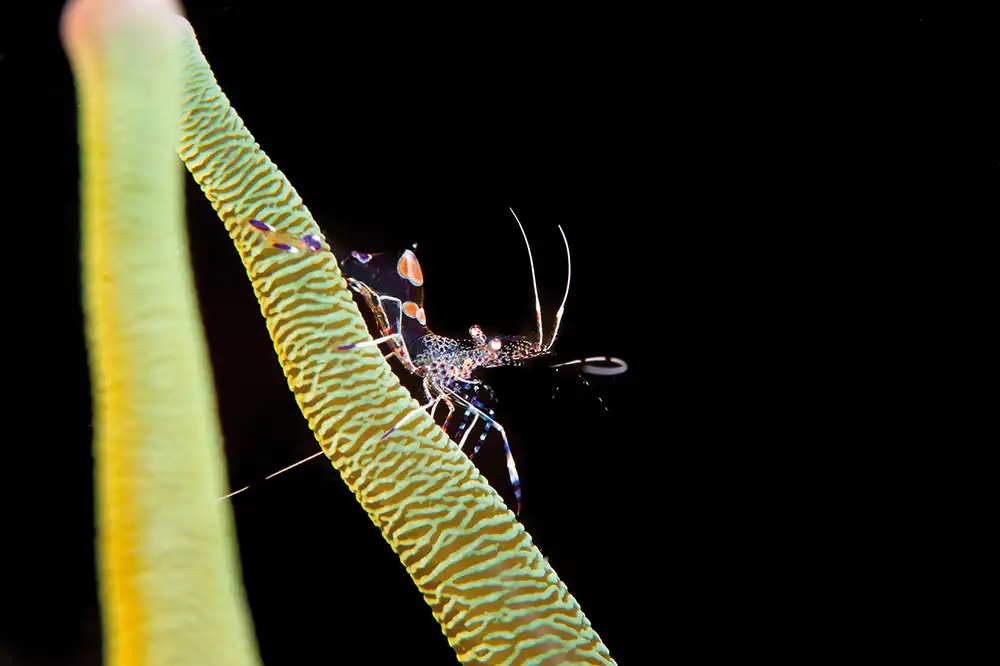
MORE FANTASTIC BARBADOS DIVING
In the close vicinity of the cement pier there are several other dive sites of interest that can be combined as a second boat dive in a morning of two-tank diving.
Less than 10 minutes away, the Pamir wreck lies amidst a coral garden full of schooling fish. You’ll sometimes find a huge turtle in residence and eagle rays regularly pass by. I’ve even seen a manta there.
The wreck is covered in macro life including fish eggs, and there’s endless potential for photographing the structure itself.
The Zoo, meanwhile, is a beautiful coral garden teeming with life that you can reach within minutes of the pier.
Still on the west coast, but further south, near Speightstown, is the SS Stavronikita, a 365-foot Greek freighter that was deliberately sunk to form an artificial reef. The wreck sits upright at a depth of 40m. It’s a fantastic dive for experienced divers, offering a chance to explore the ship’s interior, including cabins, cargo holds and the propeller. The wreck is also home to abundant marine life, including colourful corals and various fish.
The Folkestone Marine Park is another great site where amongst the prolific marine life, you can witness the work of the Coral Reef Restoration Alliance (CORALL) in action. Coral trees and transplanted new growth corals dotted around the reef and wreck structures on the sea floor make good conservation subjects.
Carlisle Bay, near the capital Bridgetown, meanwhile, has a collection of large wrecks in shallow water that attract wildlife including schooling fish, turtles and stingrays.
The south coast of the island has drift dives, while the far north boasts cave and tunnel dives, with reliable nurse shark action.

TOPSIDE
Barbados can be a perfect solution for holidays with family or a non-diving partner. There are endless activities to choose, from golf and cycling to cruises and watersports, and even a day at the races.
Prolific wildlife includes hummingbirds and native green monkeys. Between wildlife parks, spectacular tropical gardens and
cultural visits, there’s plenty to occupy your family’s time
before you all come together again, post-dive, for late
lunch at a beach club or local fish shack.

WHERE TO GO
There are many dive operators in Barbados. Up near the cement pier, Scott Clarke runs his operation, BarbadoScuba, from the excellent Fish Pot restaurant at Little Good Harbour and provides a comprehensive and personal service.
Prompt and efficient, he carries and prepares everything in advance on the boat and is happy to assist with private dives, enabling time and flexibility for photographers. He will also plan dives to locations further afield.
In Bridgetown, Roger’s Scuba Shack accesses Carlisle Bay, the southern drift dives and the SS Stavronikita wreck. They tend to dive in groups and are very helpful and attentive, but are more laid back so you’ll need a more relaxed approach to timing.
The diving varies little year-round, so it is an ideal destination in low season (March to November) when prices are very reasonable and the island is quiet. High season (December to February) is best avoided.
Hotel accommodation is readily available at all price points or opt for an AirBnb for a more homely option.
Catherine Holmes is an award-winning underwater photographer and winner of DIVE’s Big Shot Best of 2024. To see more of her fantastic work, visit her catherineholmesunderwaterphotography.com or find her on Instagram @catherineholmes.photography
The post ‘Pierless’ – the myriad photographic opportunities of Barbados’ Cement Pier appeared first on DIVE Magazine.


